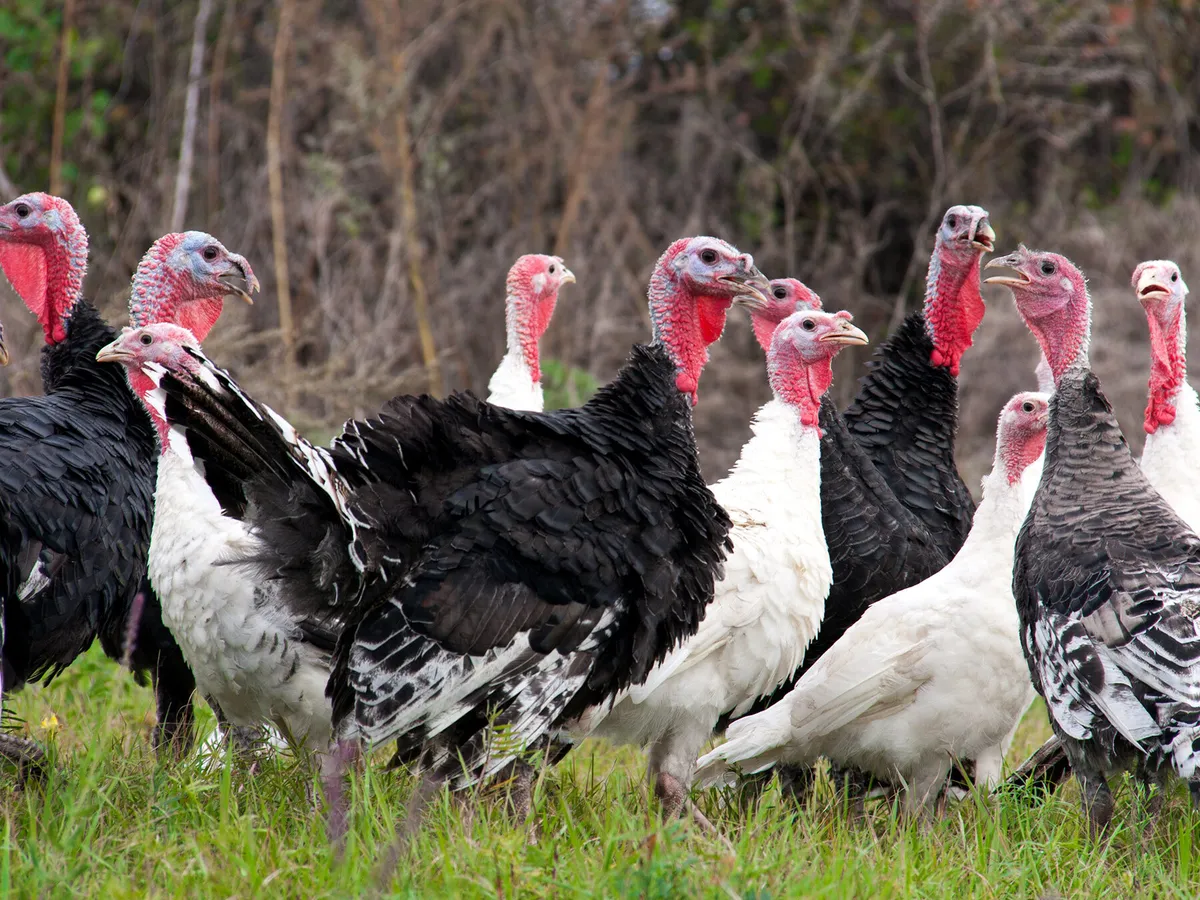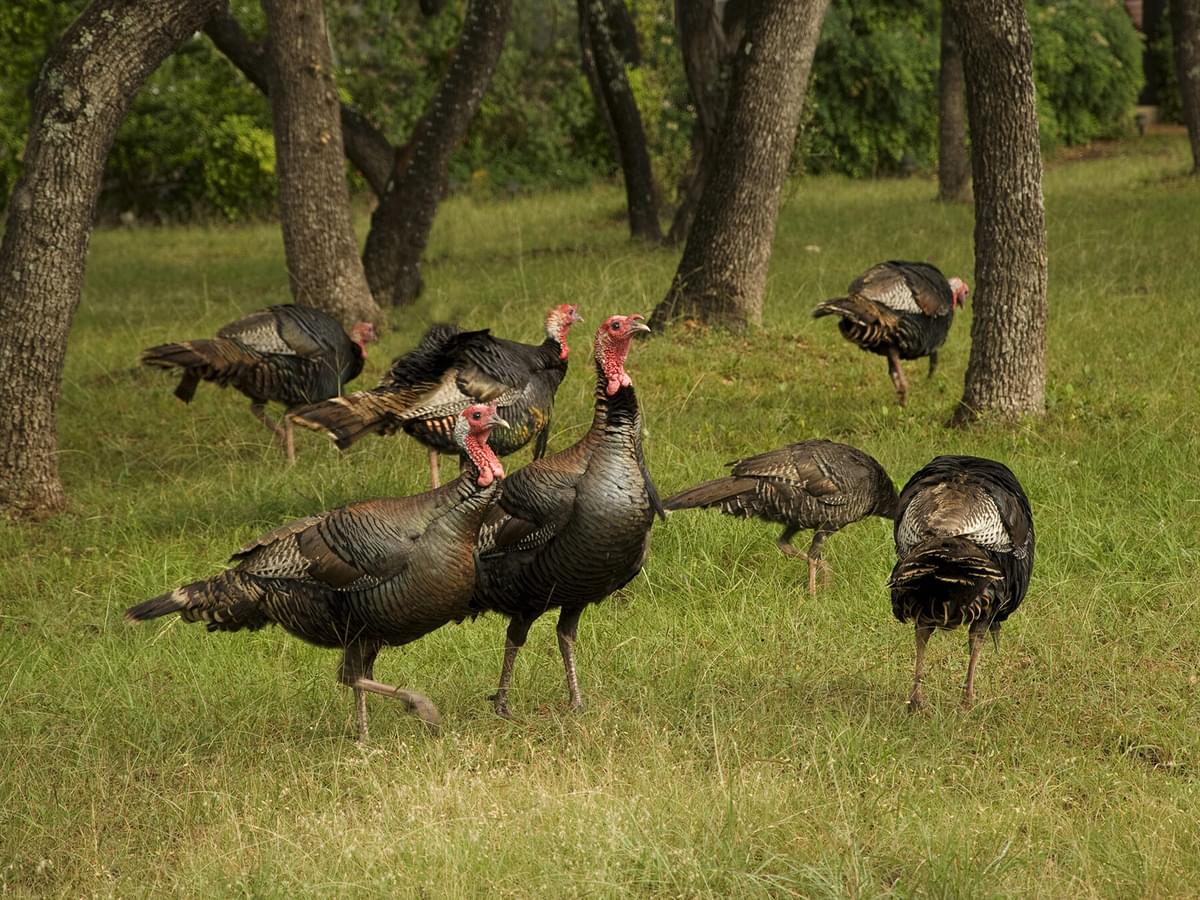Ever wondered what to call a gathering of turkeys? Prepare to be surprised, because the nomenclature surrounding these familiar fowl is far more diverse and fascinating than you might expect.
Like many aspects of the natural world, the way we categorize and name groups of animals offers a window into our relationship with them, reflecting both practical observations and a touch of whimsy. The names given to groups of turkeys are no exception, revealing a rich history and a keen eye for detail.
| Term | Description | Context |
|---|---|---|
| Rafter | The most common term for a group of turkeys. | Primarily used for domesticated turkeys. |
| Flock | A standard term for a group of birds. | Commonly used for wild turkeys. |
| Gang | A less formal term for a group of turkeys. | Can be used for both wild and domesticated turkeys. |
| Brood | A group of baby turkeys. | Refers specifically to young turkeys. |
| Run | Emphasizes their swift movements. | Used for wild turkeys, highlighting their agility. |
Wikipedia: Turkey
Let's delve deeper into the fascinating world of turkey terminology. The first thing to clarify is the basic vocabulary. Like chickens, female turkeys are simply called hens, while the males are known as toms. Baby turkeys, those fluffy little bundles of energy, are called poults. But its the collective nouns that truly capture the imagination.
The most widely recognized term for a group of turkeys is a "rafter." This term is most often applied to domesticated turkeys. The origin of the word "rafter" in this context isnt entirely clear, but it's speculated to have emerged from early farming or hunting practices. Some believe the name originated from the observation that turkeys often congregated in the rafters of buildings.
For wild turkeys, the term "flock" is the more common descriptor. This usage aligns with the general ornithological practice of referring to groups of birds as flocks. This distinction helps to differentiate between the wild and domesticated varieties, highlighting their different habitats and lifestyles.
Beyond these two primary terms, other words also come into play. A group of turkeys can also be called a "gang," especially in a less formal context. It gives a sense of a collective rather than focusing on species or habitat. There is also "brood," which specifically refers to a group of baby turkeys. A "run" is another, less common term, highlighting the swift movements of wild turkeys navigating their natural environments.
During the mating season, things get even more interesting. A group of female turkeys is, believe it or not, called a "harem." This colorful term emphasizes the social dynamics within the turkey community.
Young male turkeys are sometimes called "jakes," while young females are "jennys," adding a touch of folksy charm to the turkey lexicon. These terms, although not as widely used, further illustrate the close observation and intimate knowledge people often develop of the animals they interact with.
Why is the term "rafter" used? The exact etymological route isn't certain, but it likely links back to early farming practices. The turkeys would often congregate in the rafters of barns and other structures, leading to the association. It's a vivid illustration of the intersection between the natural world and the human-built environment. This underscores how our interactions with the animal world shape our language and perception.
The specific name used to describe a group of turkeys often relies on different conditions. These can include the size of the group, the formality of the context, and even the geographic region. Understanding these nuances is key to appreciating the richness of the language.
The term "gaggle," often incorrectly used, specifically applies to geese. It's an important detail to remember when navigating the world of collective nouns.
The history of these terms, particularly "rafter," goes back quite a bit. It has origins in early hunting or farming terminology, but its precise genesis remains a point of debate.
The social behavior of turkeys has captured human attention for centuries, leading to a diverse collection of names for their groups. This rich collection offers a window into our connection with these birds, reflecting our observations, and appreciation for their behavior.
The names given to groups of turkeys are more than just words; they are a reflection of our relationship with nature. They represent both practical observations and a desire to understand the world around us.
In summary, the terminology surrounding turkeys is varied and nuanced. From "rafters" and "flocks" to "gangs" and "broods," these terms add a layer of personality and interest to our understanding of these remarkable birds. The names also serve as a reminder of the rich and evolving ways we engage with the natural world.


